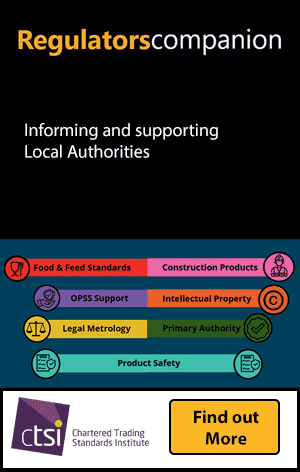Scottish Government
|
|
Housing insecurity and hidden homelessness: research
This qualitative study on housing insecurity and hidden homelessness in Scotland was commissioned by Scottish Government and carried out by external research contractors RSM UK.
Introduction
This report presents findings from qualitative research on housing insecurity and hidden homelessness in Scotland. The research was conducted between summer 2023 and summer 2024. This introductory chapter outlines the research background, aims and report structure.
Background to housing insecurity and hidden homelessness
The Scottish Government is committed to preventing and ending all forms of homelessness. However, it is challenging to develop housing and homelessness policies without fully understanding people’s experiences and the scale of the problem. Some people may experience homelessness or be at risk of homelessness but do not appear in official homelessness statistics. This type of homelessness is described as hidden homelessness.
Hidden homelessness can mean different things to different people. Some people use it to mean hidden from public view, even if households are connected with the local authority's homelessness service. Others use the term to describe people living in insecure housing or at risk of homelessness who are not known to homelessness services. The term is also applied inconsistently across the literature and most notably, across the international evidence base. One reason is the variation in how homelessness is enumerated across different countries. For example, in a context where estimates of street homelessness are made using a count of rough sleepers carried out at a single point in time, anyone physically hidden from view during that count, or experiencing other circumstances of homelessness such as sofa surfing or sleeping in a car or tent, would be ‘hidden’ from the official statistics.
For the purposes of this study, people are considered to experience hidden homelessness when their situation constitutes homelessness, according to the legal definition in Scotland, but their situation is not visible in official Scottish homelessness statistics. This may be because they have not approached local authorities for help, have approached local authorities but decided not to proceed with an application for support; or have no recourse to public funds and are ineligible for local authority homelessness assistance.
Capturing information about this population is challenging because of the nature of the population. The Scottish Government’s homelessness statistics are based on administrative data collected by local authorities while processing homelessness applications. Therefore, data is not collected for households who are homeless but do not engage with their local authority. As a result, the official homelessness statistics do not cover all instances of homelessness in Scotland.
The research aims and questions
Against this background, the Scottish Government commissioned RSM UK Consulting LLP (RSM) and with expert advice from Institute for Social Policy, Housing, Equalities Research at Heriot-Watt University (I-SPHERE)[2] to undertake qualitative research into the lived experience of hidden homelessness in Scotland.
The overarching research aims were to:
- understand the nature of the population experiencing hidden homelessness. – this included exploring which groups are most affected and how they are affected
- investigate people’s experiences relating to hidden homelessness – for example, what circumstances led to or have contributed to their housing insecurity, and what are the barriers to getting the help they need to avoid or resolve homelessness and find stable housing?
- make policy recommendations to help national and local governments improve their understanding of all forms of homelessness – this includes recommendations for engaging with people who are not currently being reached and ensuring that homelessness and support services are accessible to all
The report structure
The remainder of this report is structured as follows:
- chapter 2 describes the methodology and approach taken to understand experiences of hidden homelessness
- chapter 3 presents an overview of background information
- chapter 4 explores different circumstances of those experiencing hidden homelessness
- chapter 5 highlights of the characteristics of those experiencing homelessness
- chapter 6 examines routes into homelessness for those experiencing hidden homelessness
- chapter 7 discusses the routes out of hidden homelessness and homelessness
- chapter 8 identifies the barriers to approaching local authority homelessness services for assistance
- chapter 9 identifies the turning points for people in approaching local authorities for assistance
- chapter 10 presents a discussion of the findings
- chapter 11 offers conclusions and recommendations for the future.
Click here for the full press release
Original article link: https://www.gov.scot/publications/research-housing-insecurity-hidden-homelessness-scotland/pages/2/


